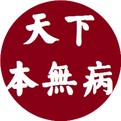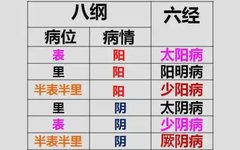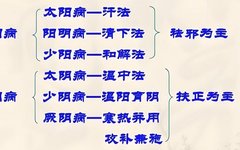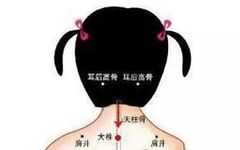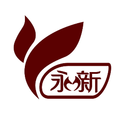Differentiation of Exterior and Interior Patterns
Differentiation of Exterior and Interior Patterns 【Differentiation of Exterior and Interior Patterns】 The differentiation of exterior and interior is a fundamental principle for identifying the location and depth of diseases. The concepts of “exterior” and “interior” are relative; for instance, the body shell is considered exterior while the internal organs are considered interior. Similarly, the … Read more


